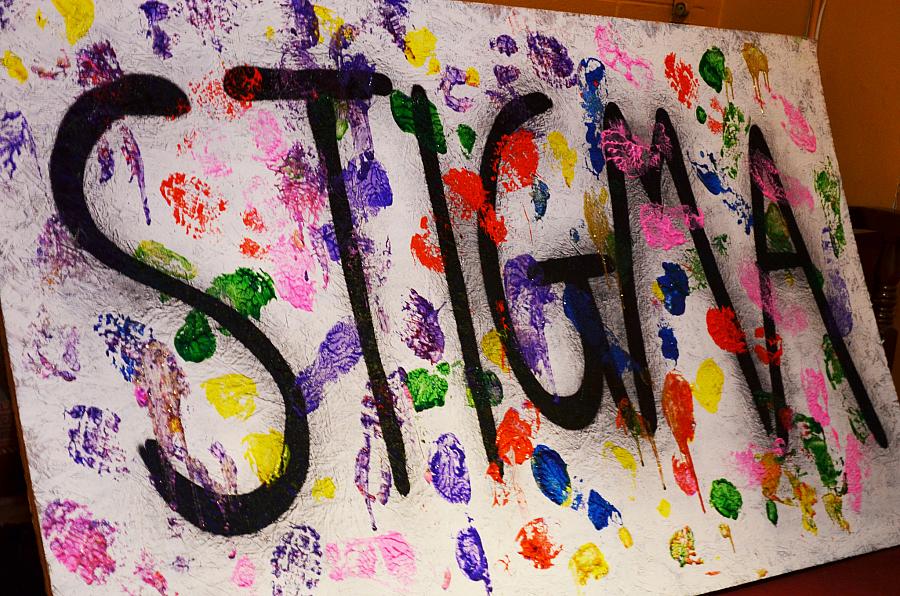Can communities of color overcome mental health stigma?

Mental illness affects one in five Americans. In ethnic minority communities, particularly, mental illness is a serious problem because mistrust of mental health services and the stigma associated with mental illnesses prevent individuals from seeking and getting the help they need.
According to the 2010 National Latino and Asian American Study, Asian Americans have a 17.3 percent overall lifetime rate of any psychiatric disorder. Yet, Asian Americans are three times less likely to seek mental health services compared to Caucasians. The study also states that only about 8.6 percent of Asian Americans sought any type of mental health services or resource compared to nearly 18 percent of the general population nationwide.
Mental illness itself is viewed as repulsive in many of these communities. For example, in the Korean community, a mental illness such as depression is seen as a sign of weakness. In the Vietnamese community, many believe mental illnesses occur because of something individuals may have done wrong in a previous life. In Arab or Latino communities, people with mental illnesses tend to be ostracized.
Orange County is home to several ethnic enclaves. Little Saigon in Westminster, Little Arabia in Anaheim, the Korean Business District in Garden Grove, and a significant Latino immigrant population in Santa Ana. Mental health stigma in these communities prevents individuals from seeking out the resources and care they desperately need.
Public health officials, local nonprofits and health clinics that serve these communities are partnering to come up with creative solutions to counter the problem of mental health stigma. For example, art programs conducted by the clinics in partnership with local nonprofit Multi-Ethnic Collaborative of Community Agencies (MECCA) help patients and their families understand their respective situations and cope better with the challenges they face.
Korean Community Services used group-drumming sessions during which patients and family members stood shoulder to shoulder beating the living daylights out of Nanta drums. The group found it to be a communal experience and a safe and positive way to talk about mental illness.
One Latino clinic chose Migajon, a Mexican practice of molding bread to create art, while another selected drama and dance. The Persian group expressed feelings through poetry and members of the Chinese community chose flower arranging. Experts say art therapy is a non-threatening way for patients and their family members to talk about the sensitive subject of mental illness.
My 2016 California Fellowship project will take an intimate look at the issue of mental health stigma in the Vietnamese, Korean, Arab and Latino communities in Orange County. Here are some of the questions I'll be asking: What are the stigmas that are unique to each one of the communities with regard to mental illness? What are some of the common problems they have? How do art programs help remove this stigma or minimize it? What unique problems do ethnic communities face in terms of access to resources?
My plan is to tell the story through patients, their families, clinicians, counselors and therapists. I also plan to attend mental health stigma art workshops, which take place in March and April and culminate in a multi-ethnic community festival in June that showcases and celebrates the different communities and participants.
[Photo by Marie. L. via Flickr.]

